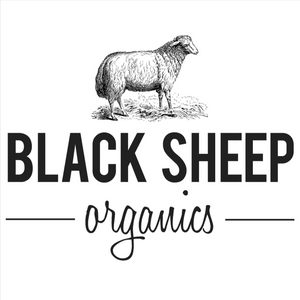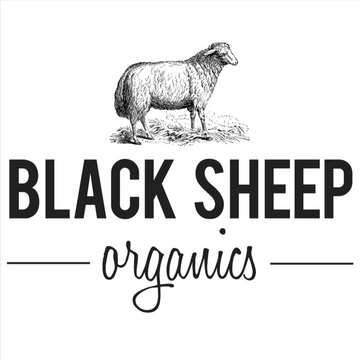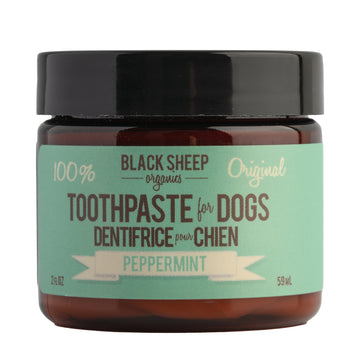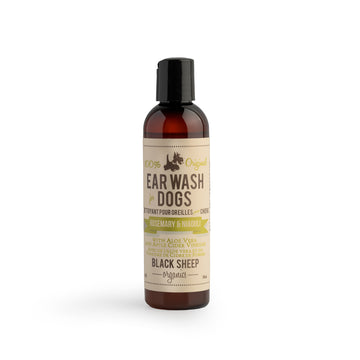The Tell-Tale Tush: What Healthy Dog Skin Looks Like
Apr 14, 2024
Healthy skin is vital for a dog's overall well-being, and just like us, they can experience skin issues. But how do you know what's normal and what might require a vet visit? The good news is, a regular check can give you valuable clues. Let's delve into the world of canine dermis and discover what a healthy dog's skin should look and feel like.
What is a Healthy Dog Skin Color?
The spectrum of healthy skin colors in dogs is as diverse as their breeds, sizes, and environments. Understanding this diversity is crucial for recognizing the signs of healthy vs. unhealthy skin in our canine companions.
Variations in Skin Color
Healthy dog skin can display a wide range of colors, from shades of pink to tan, brown, gray, and even black. These variations are often influenced by the dog's breed, with some breeds naturally having darker or lighter skin tones. For instance, it's common to find lighter skin tones under the fur of lighter-colored breeds, such as Labradors or Golden Retrievers, and darker skin in breeds like the Doberman or Rottweiler.
Age and environmental factors also play significant roles in determining a dog's skin color. Puppies, for instance, may have softer, lighter skin that darkens as they age. Similarly, exposure to sunlight can cause slight changes in skin pigmentation, much like it does in humans. However, it's essential to understand that while these variations exist, the skin should always appear healthy and vibrant, without any signs of irritation or discomfort.
Recognizing Unhealthy Skin Colors
While variations in skin color are normal, certain changes can signal health issues that require attention. Unhealthy skin colors often manifest as discoloration, spots, and sudden changes not attributable to the dog's natural aging process. For example, a sudden onset of pale or white gums can indicate anemia, while yellowing of the skin (jaundice) could point to liver problems.
Other concerning signs include:
- Redness or inflammation, which can indicate skin infections or allergies.
- Dark patches or spots that suddenly appear, especially if they're accompanied by hair loss, could be a sign of skin diseases or hormonal imbalances.
- Blueish skin, which can suggest poor oxygen circulation.
What Does Healthy Dog Skin Look Like?
The condition of a dog's skin offers a window into their overall health, revealing much about their nutritional status, hydration levels, and even the presence of underlying health conditions.
Texture and Appearance
At first glance, healthy dog skin should appear smooth and free from any visible issues such as excessive oiliness, dry patches, or signs of irritation. It's more than just an aesthetic concern; it's a testament to the dog's well-being. The skin should be clear, indicating that it's not only free from surface blemishes but also from parasites like fleas or ticks, which can often be detected by the presence of flea dirt or irregular bumps.
A dog's coat plays a significant role in assessing their skin health. A shiny, clean coat is often indicative of good health, reflecting adequate nutrition and the natural oils that protect and nourish the skin underneath. Conversely, a dull, brittle, or coarse coat can signal nutritional deficiencies or health issues affecting the skin's condition.
Signs of Healthy Skin
Healthy dog skin demonstrates good elasticity, bouncing back quickly when gently pinched. This elasticity, coupled with proper hydration, ensures that the skin remains supple. Hydrated skin supports a healthy, vibrant coat and acts as a barrier against infections and diseases.
A key indicator of skin health is the absence of excessive flaking, redness, or swelling. Such symptoms can indicate allergic reactions, infections, or other dermatological issues. Healthy dog skin should show no signs of discomfort or irritation, allowing our furry friends to enjoy a comfortable and itch-free existence.
Maintaining Your Dog’s Skin Health
Ensuring the health of your dog's skin is not merely about external care; it involves a holistic approach that encompasses nutrition, hydration, grooming, and regular veterinary check-ups.
Nutrition and Hydration
The saying "you are what you eat" holds as true for our canine companions as it does for us. A balanced diet rich in essential nutrients plays a pivotal role in maintaining healthy skin. Nutrition supports skin and coat health both in healthy dogs and those with skin conditions. Essential fatty acids, proteins, vitamins A, E, D, and minerals like zinc are crucial for repairing skin, maintaining its barrier function, and supporting overall dermatological health.
Hydration is as crucial for skin health as nutrition. Fresh, clean water aids in maintaining the elasticity and suppleness of your dog's skin by keeping it hydrated from the inside out. This internal moisturizing helps prevent dry, flaky skin and ensures the skin remains resilient against infections and irritants.
Grooming and Care
Grooming is not a one-size-fits-all task; it varies significantly across different dog breeds. For instance, breeds with longer coats may require daily brushing to prevent matting and skin irritation, while short-haired breeds might only need weekly grooming. Regular grooming removes dead hair and skin, encourages the distribution of natural oils across the skin and fur, and provides an opportunity to check for signs of skin problems. Try to apply shampoo with organic ingredients when bathing your dogs if they have a sensitive skin.
Environmental factors such as extreme temperatures, humidity, and pollutants can adversely affect your dog's skin. Implementing protective measures, such as using pet-friendly sunscreens, providing shaded areas during hot weather, and rinsing off your dog after a swim or exposure to irritants, can help safeguard their skin.
Regular Check-ups
Routine veterinary check-ups play a critical role in maintaining your dog’s skin health. Professionals can offer invaluable advice tailored to your dog's specific needs, identify early signs of skin issues, and recommend appropriate treatments or dietary adjustments. Early detection of skin conditions can lead to more effective management and a higher likelihood of a positive outcome.
By keeping an eye on your dog's skin and incorporating these simple tips into their routine, you can help ensure their coat stays shiny, their skin stays healthy, and their tail continues to wag with joy. Remember, when in doubt, always consult your veterinarian for any concerning skin conditions. After all, a happy and healthy pup starts with healthy skin!











